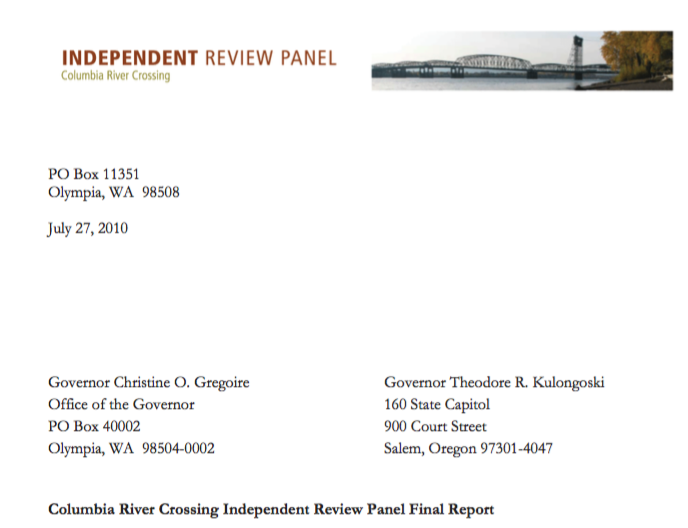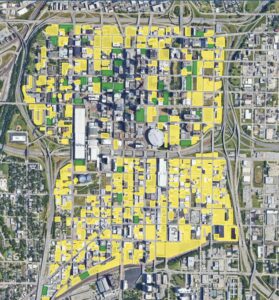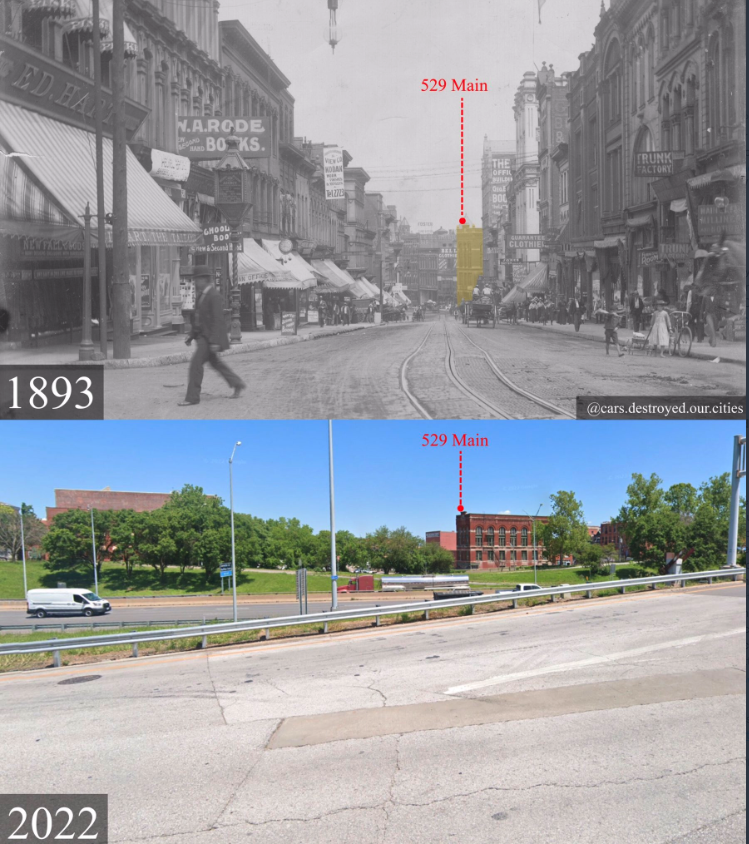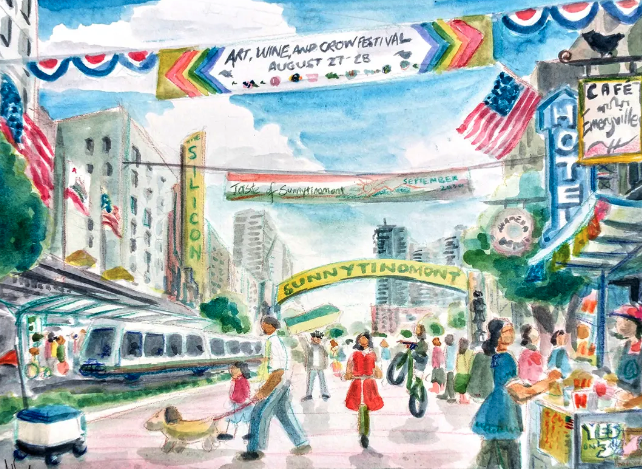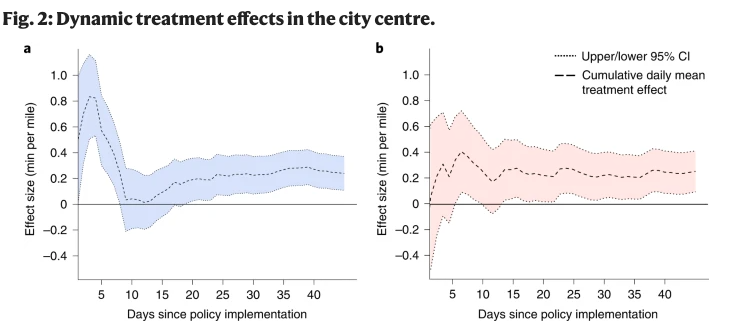What City Observatory did this week
Risky bridges: If you’re going to spend several billion dollars, you might want to get some independent expert advice. Oregon and Washington are on the verge of committing 5 billion dollars to the construction of the so-called I-5 “Interstate Bridge Replacement” project between Portland and Vancouver. But they’re doing so largely on the word of the two state transportation departments.
They should have learned from their experience a decade ago when the same project, then pitched as the Columbia River Crossing, failed, despite being subjected to four different independent reviews. This time, there hasn’t been any independent engineering review, like the 2011 panel that showed the planned CRC “open web” design was unbuildable. And the IBR advocates have steadfastly refused to conduct an independent toll analysis, like the one that showed the CRC would require vastly higher tolls than advertised, and that traffic on the giant new bridge would be permanently lower than the smaller bridge it replaced. It isn’t prudent to commit to a billion dollar project without seeking unbiased expert advice.
Must read
This week we highlight some images that you may have seen on Twitter. The Missouri Department of Transportation celebrated the 50th Anniversary of Kansas City’s downtown loop. But is it a loop . . . or a noose? The kickoff to this conversation was MoDot’s map of the downtown.
Urbanist twitter wasn’t as excited. Hayden Clarkin constructed this map showing how much of the city’s downtown was converted to garages (green) or surface parking lots (yellow). City government spent several hundred million dollars in tax increment financing on subsidizing the construction of downtown parking garages). The flourishing of parking lots and garages coincided with the construction of area freeways, including the loop.
The net result was that the dense, vibrant Kansas City that existed a century ago has been, in many places, simply eradicated. These following pictures show approximately the same view of a downtown Kansas City street in in 1893 (before the automobile or freeways) and today.
.
Visualizing the city of the future. Noah Smith publishes a guest column by Alfred Twu with some inspiring and delightful images of what our cities could be like. Too much of the debate about housing and urbanism revolves around arcane statistics (floor area ratios), inscrutable zoning regulations, or tribal posturing by NIMBYs or YIMBYs. Its refreshing to show what kind of future our cities might have. Here’s just one such illustration.
As Smith emphasizes, Twu offers an evolutionary vision of how our current cities could change and adapt to better meet the needs of a changing population and the challenges of climate change and economic transformation. Twu writes:
The city of tomorrow has many familiar streets and sights of the city of today – after all, it’s a remodel, not a rebuild. While other countries have the option of building new cities or neighborhoods beyond the edge of existing ones, the US already used up most land within commuting distance in the 20th century on low density suburbs. Most of us will live in places that already exist today, but with changes.
Being explicit about the images of the kind of places we want to have is something that needs to play a much larger part in debates about planning, housing, and urbanism.
New Knowledge
Micro-mobility reduces traffic congestion and speeds travel times. The advent of shared micro-mobility (bikes, e-bikes and e-scooters) has added to the range of urban transportation options. Most see micro-mobility as a green transportation mode, but skeptics worry that micro-mobility may be largely attracting riders from among existing transit, bike and walking trips, rather than reducing car travel.
Teasing out the net effect of micro mobility on urban transportation typically relies on surveys asking scooter or bike users how they would travel if these options weren’t available, but such studies are often inconclusive. Some relatively abrupt policy changes to micro-mobility regulation in Atlanta created some natural experiments that researchers were able to harness to estimate the impact of micro-mobility on traffic. Atlanta officials adopted restricted hours for some e-scooters, banning their use between 9 pm and 4 am. By looking at changes in traffic speeds before and after the restrictions, the researchers were able to estimate how traffic speeds changed. Using traffic speed data provided by Uber, the researchers were able to track how travel times in key neighborhoods changed after the ban. Here are two charts illustrating their findings.
The right panel shows the increase in travel times (in additional minutes per mile) for the curfew in Atlanta’s midtown area, while the right hand panel shows the effect of same policy in areas around MARTA transit hubs. In both cases, travel times in the affected areas (measured in minutes per mile traveled) increased–meaning travel was slower without the availability of micro-mobility devices. This change represented about a 10 percent increase in typical commute times and a 37 percent increase in travel times during major events.
We find that after about a week, users partially account for the policy change in their travel planning and habits. This behavioural response suggests that as riders pivoted from micro-mobility devices back to personal cars or ridesharing, the congestion effect following the ban stabilizes to a mean treatment effect of 0.25 minutes per mile after five weeks
While this study adds strong evidence that micro-mobility does reduce car trips, there’s a deeper issue that is overlooked: By their nature, micro-mobility trips add to and enrich the accessibility of urban spaces. By giving people more choices, especially non-car choices, micro-mobility is and enhancement and amenity to urban spaces. Making urban living, consumption and experiences more accessible and attractive likely helps increase density and lowers overall trip making and vehicle miles traveled. The “substitution” argument is implicitly a “lump of travel” fallacy: assuming that there is a fixed and pre-ordained amount of trips to be made, and that providing additional modes only re-distributes travel among other modes. The reality is more nuanced and complex, especially in the long run: If the availability of micro-mobility makes urban living more attractive, more people are likely to live in cities, and ultimately own fewer cars and drive less. Its these long-term, second- and third-order effects of expanded transportation options that deserve our close attention.
Asensio, O.I., Apablaza, C.Z., Lawson, M.C. et al. Impacts of micro-mobility on car displacement with evidence from a natural experiment and geofencing policy. Nat Energy (2022). https://doi.org/10.1038/s41560-022-01135-1
(Hat tip to the prolific David Zipper!)

